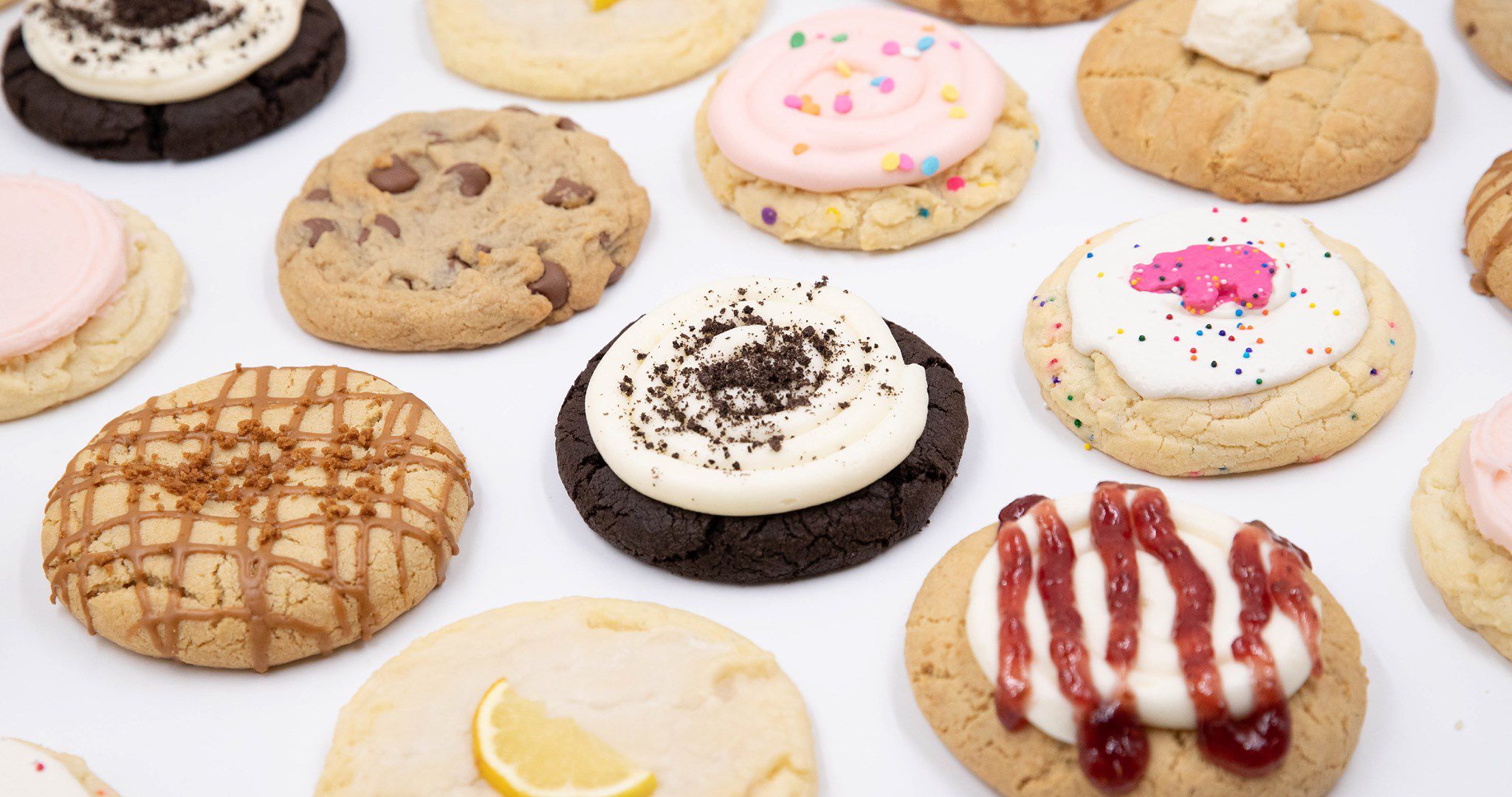Crumble Cookies has developed from an unassuming Utah treat shop to a carefully incorporated chain in four years level, overwhelming both TikTok and the Apple application store.
Crumble Cookies originally opened in 2017 with a solitary customer-facing facade in Logan, Utah, and sold just chocolate chip treats. From that point forward, the retailer – which has an establishment model – has extended to 220 areas in 30 states (with an arrangement to open 50 additional areas in 2021) and 140 or more flavors throughout the span of four years, that are sold by means of a pivoting menu.
The organization’s application is positioned number eight in food and drink day-by-day downloads in the iOS store as per App Annie, dominating the biggest cheap food chain, Subway, and staple conveyance star, Instacart. The keys to the brand’s prosperity are a turning flavor drop model, online media insightful and a guarantee to advanced combination at each touchpoint.
A treat publicity cycle
Following the playbook of shoe marks rather than a customary food-and-drink model, Crumble fabricates a publicity cycle around its restricted version of treats by means of a pivoting menu.
Each Sunday, the one day seven days that the brand’s customer-facing facades are shut, Crumble Cookies reports the forthcoming week’s four new flavors – going from key lime pie to red velvet. The following week, regardless of the notoriety, the flavors are gone for four new treat types.
“There are totally functional difficulties that go with a week by week turning menu [like] preparing, quality affirmation [and] obtaining, yet we value dominating it to assist our clients,” said Crumble’s COO and prime supporter Sawyer Helmsley. “Having another menu consistently offers [our customers] a chance to give input and web-based media gives them the stage to convey that criticism, positive or negative.”
The model drives a few fans to attempt each new flavor, after a long time after a week, and the brand offers a limited arrangement on its four-pack boxes.
“Having just four flavors seven days is an incredible promoting strategy, and gets purchasers amped up for it,” said web-based media force to be reckoned with Kellie Flame. “Every treat feels restrictive, so customers want to race to the store to have the option to attempt it before it’s gone.”
On Flam’s TikTok account, @thehungryfoodie, a speedy survey of the brand – highlighting Kelsie and a companion sitting in a vehicle taking nibbles of every treat – got 1,000,000 perspectives and 202 thousand preferences. Like Flaim, a great many powerhouses have posted “flavor surveys” on TikTok, with # Crumble Cookies winning 155 million perspectives altogether.
Some TikTok forces to be reckoned with have even made accounts zeroed in exclusively on Crumbl – @Crazy4crumbl and @crazycrumblcousins are two of the most famous ones – posting week by week surveys and Crumbl-provided food parties, totally neglected for by the brand. The brand doesn’t put resources into force to be reckoned with joint efforts by any means, said Crumbl’s PR expert Anna Tibbitts.
On Reddit as well, fans go through hours gathering flavor records or speculating which flavors will come straightaway, while, on Instagram, the brand’s tastefully satisfying treats and millennial-pink boxes sparkle.
“They’re Instagrammable,” said Flaim.
While a large number of the brand’s online media examples of overcoming adversity have come naturally, Crumbl has scaled that premium with its image-claimed accounts. Every Sunday, the brand delivers its new menu on Instagram, TikTok, and Twitter. The current week’s flavor drop, for instance, drove 153,000 preferences on TikTok and 80,000 preferences on Instagram. On TikTok, the brand has 1.1 million devotees, outperforming treat peers essentially and drawing nearer to the range of brands like Nike, who at present has 1.5 million supporters.
An advanced first mentality
Crumble Cookies
The brand’s web-based media system matches its interest in the advanced web-based business. Crumbl sent off a versatile application in 2018. Throughout the most recent year, the brand has refreshed its application multiple times, adding curbside pickup and frozen yogurt conveyance in June 2020 and its unwaveringness program in September 2020 that compensated uber-fans with focuses for their buys.
In November 2020, the brand sent off Crumble Cookies Catering, a more extensive exhibit of treatment choices in mass for occasions of a post-pandemic future, as well as computerized gift vouchers, not long before the Christmas season. This year, the brand added a conveyance tracker, as customer interest in conveyance remains high regardless of eateries’ re-openings.
Downloads of the application, said Stephanie Chan, an expert at application examination organization SensorTower, got during the pandemic and “truly flooded last month, climbing 121% month-over-month to 301,000 introduces from 136,000 in April,”
“It appears to be that the procedure of having an independent application for treats is genuinely remarkable – its nearest rival is Insomnia Cookies, which sent off in June 2014,” said Chan.
Food and drink marks commonly pace a long way behind different businesses in advanced combination said Samrat Sharma, the buyer bundled merchandise pioneer at PwC U.S.
“The food and drink industry’s interest in online business is definitely not exactly that of different ventures like beauty care products, pets, and individual consideration,” said Sharma. PwC and Strategy investigation discovered that, as of May 2020, just 11% of U.S. families purchased bundled food varieties on the web, and simply 13% purchased drinks through web-based business.
Nonetheless, computerized reconciliation and possessed circulation, clarified Peter Cadigan, senior trough and examiner of customer items at understanding firm RMS, reverberates in the “strength and liberal food” classification more than in other food and refreshments spaces.
“Most huge customer bundled products organizations have sent off some kind of direct-to-buyer models yet those aren’t huge parts of their organizations,” said Cadigan. “The direct-to-purchaser model fits pleasantly [for strength and liberal food] as these are ordinarily non-routine buys and are regularly made for extraordinary events or even driving forces.”
What’s more, after the pandemic, these sorts of computerized programs are more urgent than any other time.
“Everything boils down to drawing in with the buyer where the purchaser needs you to meet them,” said Sharma. “Brands need to see how to arrange that experience.”








